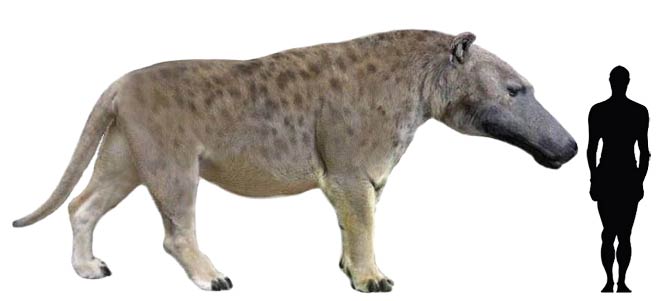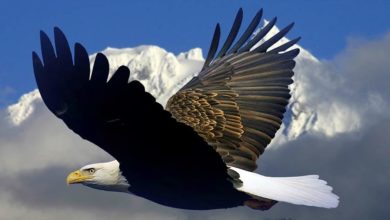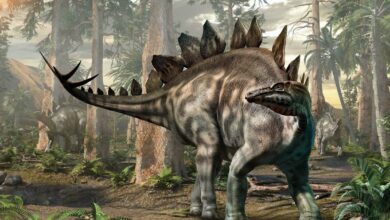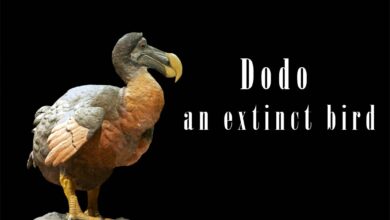Andrewsarchus mongoliensis
One of the largest predatory land mammals in the history of the Earth
In the mysterious windswept lands of Inner Mongolia, beneath an ocean of golden sand, ancient secrets lie waiting to shed light upon the enigmatic beasts that once ruled the Earth. One such tantalizing enigma is a creature unearthed in the Irdin Manha Formation. Deep in the ancient history of our planet, there roamed a creature unlike any other. A giant, wolf-like predator that stood over six feet tall at the shoulder and weighed in at over two thousand pounds, Andrewsarchus was the ultimate predator of its time. With its powerful jaws, sharp teeth, and lightning-fast reflexes, it was a formidable force to be reckoned with.
There are many theories about the appearance and lifestyle of this animal. For the most part, however, these are only guesses, unsupported by hard evidence. In the case of this mammal, it is difficult to find hard evidence, considering the fact that its description was based on fragments of one skull. Nevertheless, we will try to include as much information as possible about Andrewsarchus. Who knows, maybe soon scientists will discover more bones of this mammal and, as a result, reveal secrets that are abundant today.
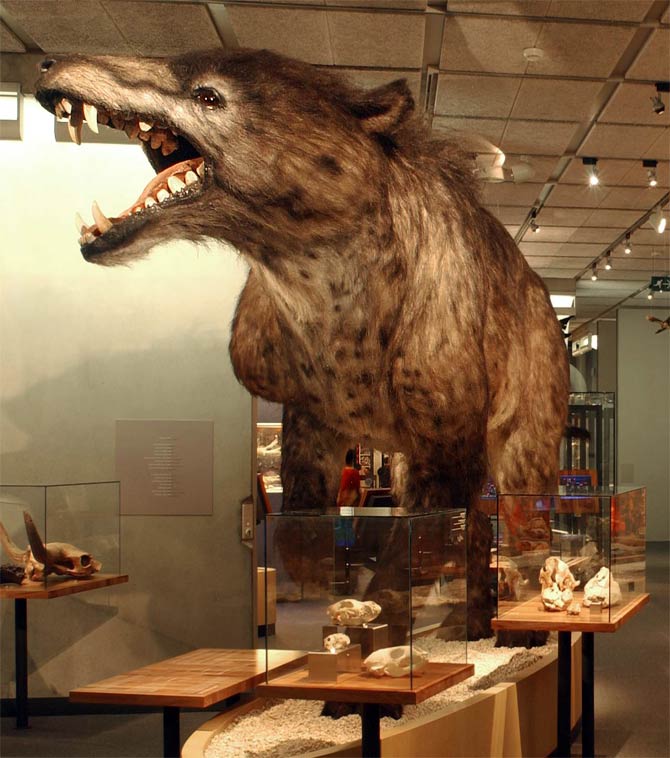
Classification
- Kingdom: Animalia
- Phylum: Chordata
- Class: Mammalia
- Order: Artiodactyla
- Clade: Cetancodontamorpha
- Genus: †Andrewsarchus
- Species: †Andrewsarchus mongoliensis
- Synonym: Paratriisodon
Discovery
A new species of mammal was discovered in June 1923. This was done by Kan Chuen Pao, a member of the Roy Chapman Andrews expedition (from whom the generic name is derived), who searched the Gobi Desert in Inner Mongolia.
As it turned out, the expedition sponsored by the American Museum of Natural History in New York paid off. During the great search, it was possible to discover the skull of a previously unknown animal. The first description of the find was written by Henry Fairfield Osborn in 1924.
Named after the famous paleontologist Roy Chapman Andrews, who discovered the first known fossil specimen in Mongolia in 1923, Andrewsarchus has long been a mystery to scientists. For years, it was thought to be a distant relative of modern-day whales, but recent research has revealed that this fearsome creature was actually a member of the mammalian order Mesonychia.
Dating and occurrence
It is believed that Andrewsarchus lived in the Eocene about 45-36 million years ago in what is now Mongolia.
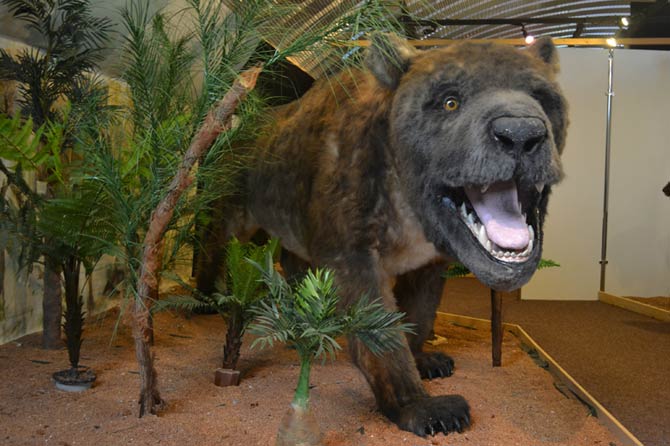
Characteristic
From its discovery until today, the animal is depicted as a large predator, resembling other quadrupeds such as big cats and even bears. However, paleontologists rushed to reconstruct the mammal. Today, specialists are more careful when describing the potential appearance of this creature. It must be remembered that so far only one skull of Andrewsarchus mongoliensis has been discovered. In such a situation, it is extremely easy to make erroneous assumptions and conclusions.
For a long time it was thought that Andrewsarchus was a larger relative of the Mesonyx – a predator similar in appearance to modern wolves. In 2009, Michelle Spaulding, Maureen A. O’Leary, and John Gatesy showed that the two species are not closely related. However, it is now believed that Andrewsarchus has the most in common with hippos, and even pig-shaped mammals of the extinct family Entelodontidae. This is evidenced by very long jaws and wide cheekbones.
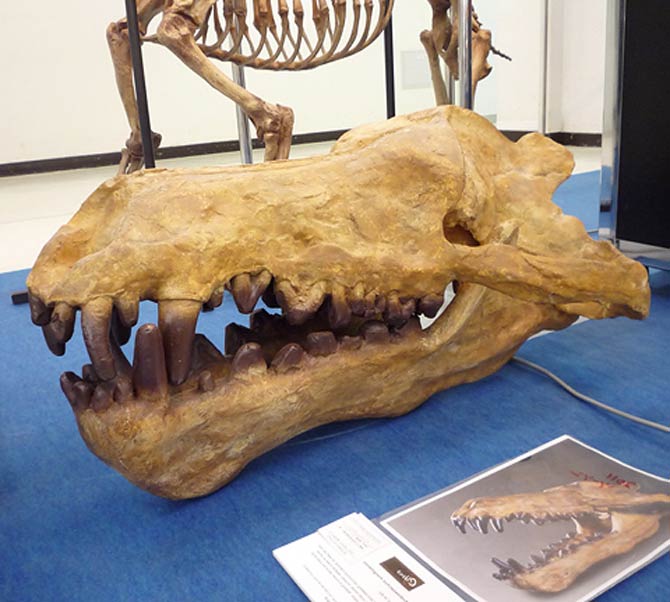
Dimensions
The only Andrewsarchus skull found is very large: 83 cm long and 56 cm wide (32.6 x 22 in). Apart from her, only a few bone fragments were discovered. So if this animal’s proportions were really similar to the Mesonyx, it could be about 3.4 meters long (11.2 ft) and 1.8 meters (5.9 ft) high at the withers.
The length of the skull is twice as long as that of the modern Kodiak brown bear (Ursus arctos middendorffi), but the Kodiak length-to-width ratio is greater. The incredible size of a predatory land mammal by today’s standards would probably result from very good access to food and the animal’s metabolism.

Theories about weight
Comparing Andrewsarchus to modern brown and polar bears, which weigh between 450 and 675 kg, respectively, it can be concluded that the hero of this article could weigh about 1 ton. All dimensional estimates are, however, almost pure speculation – they were made on the basis of the analysis of one skull. It is even difficult to judge whether Andrewsarchus was a strong or slightly built animal, which has a huge impact on the weight of modern predators as well. If the mammal was strong, stocky, it could weigh almost 2 tons.
For example, the dire wolf (Aenocyon dirus), although not much larger than the modern gray wolf, had thicker bones and the muscle attachments were well developed. Therefore, both features indicate greater muscle mass than a modern relative and, consequently, greater size and weight. In this matter, it is hard to tell anything about Andrewsarchus.

Too big?
Its potential weight seems extremely high. If it really did weigh about 1 ton (let alone 2 tons), it would be too slow to catch anything unless there was an equally heavy animal in its ecosystem.
Andrewsarchus’ prey population, however, would have to be large enough for such a mighty hunter to be able to maintain its size and extend its species. So far, however, we know nothing about the construction of Andrewsarchus’ skeleton. It is known, however, that, according to many contemporary researchers, it is considered one of the largest predatory land mammals in the history of the Earth.
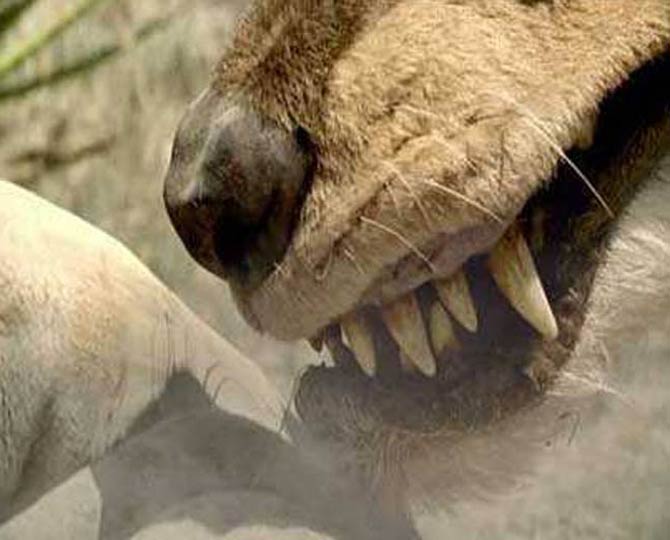
Hump?
The magnificent skull suggests that in order to function properly, it had to be supported by strong muscles in the neck. It is possible that there were “spikes” on top of the dorsal vertebrae that provided extra support for the muscles. Similar skeletal elements were found in representatives of the Entelodontidae. Therefore, if Andrewsarchus was of a similar build, a slight hump could appear on the nape and shoulder blades as a “bonus” muscle mass.
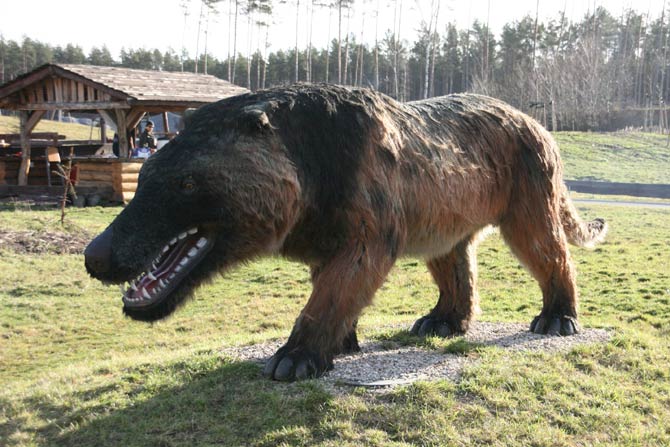
Diet
According to the oldest theories of this predator, it stood at the top of the food chain in its ecosystem. This would mean that it was able to hunt an animal of any size.
Today, paleontologists are a bit more sparing in preaching categorical theories. It certainly had extremely strong jaw muscles, as shown by its broad cheekbones. Most of the teeth found are not specialized for a specific function ((in the representative of this genus, not even breakers were found). The fangs were the largest and most useful for it. It is possible that Andrewsarchus was able to hold a large victim with them and even pierce the skull.
Since the mammal’s jaw was discovered in an area where there was a sea in the Eocene, it was concluded that Andrewsarchus hunted mainly on the coast. Additionally, thanks to its large front teeth, it was able to dig out various types of crustaceans, turtles and carrion from the sandy ground.
However, it cannot be conclusively stated that it hunted exclusively on the shores of the seas. To prove this, many more remains of this mammal would have to be found. Therefore, it is possible that it could be omnivorous, and the front teeth were able to act as shovels digging up plant tubers from the ground.
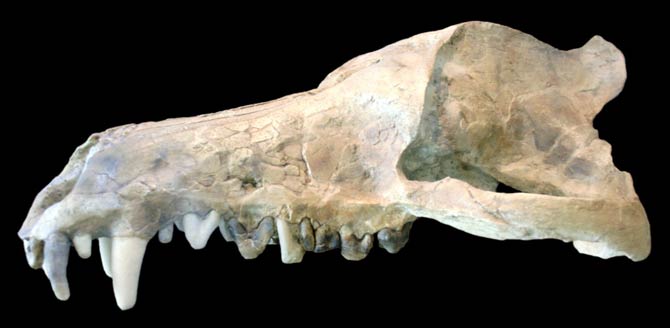
The causes of extinction
As with other large mammals, Andrewsarchus may have been extinct due to significant climate change and the emergence of new animal species. The rising Himalayas also turned much of Asia into plains, which in turn became a good place for newcomers from the animal kingdom, who gradually began to replace Andrewsarchus.

Detailed data / dimensions (size)
Andrewsarchus (Andrewsarchus mongoliensis)
- Body length (excluding the tail): 3-3.4 m (9.8 – 11.2 ft)
- Height of the withers: 1.8 m (5.9 ft)
- The length and width of the skull: 83 x 56 cm (32.6 x 22 in)
- Weight: possibly around 1,000 kg (2,200 lb), some estimates are as high as 2,000 kg (4,400 lb)
- Dating: 45-36 million years ago
- Temporal range: Eocene ( Lutetian to Priabonian)
- Place of occurrence: Asia, areas of today’s Mongolia
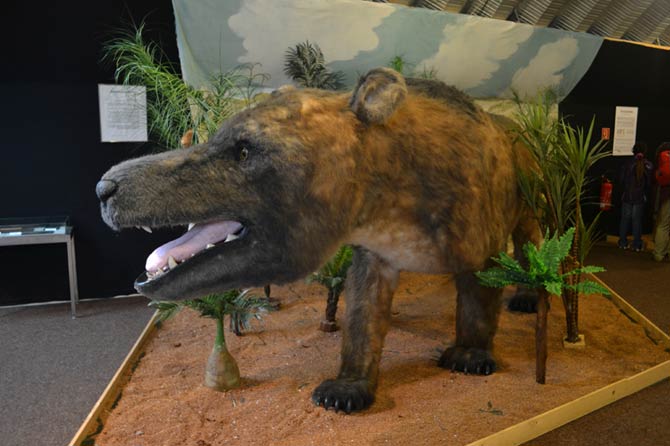
Andrewsarchus – interesting facts
- The generic name was created in honor of Roy Chapman Andrews, who commanded the paleontological expedition during which the jaw was discovered.
- According to many researchers, Andrewsarchus is considered the largest predatory mammal in the history of the Earth. However, since there is no evidence that it was physically close to the Mesonyx, the view of its size is probably wrong.
- The found Andrewsarchus skull is 3 times longer than that of the Canadian timber wolf (Canis lupus occidentalis) – one of the largest wolf subspecies.
